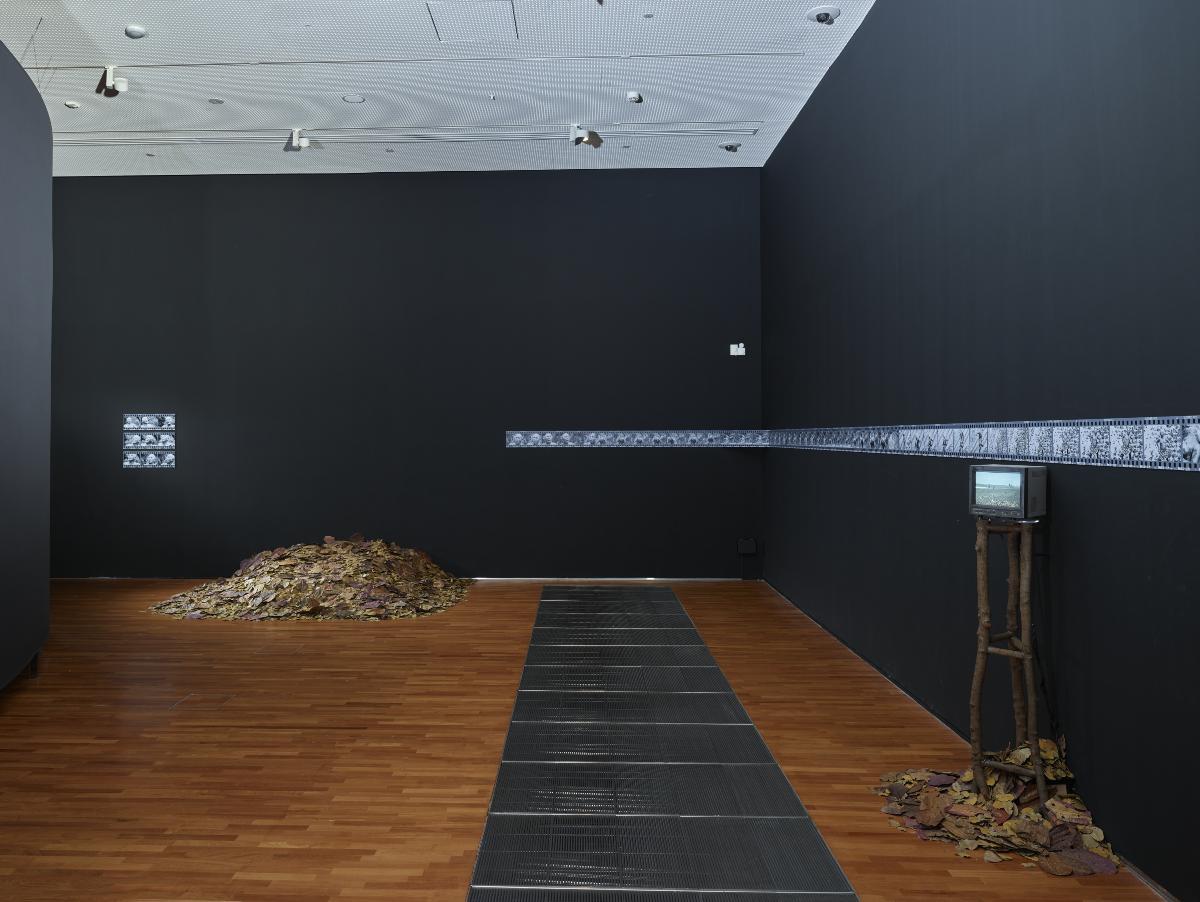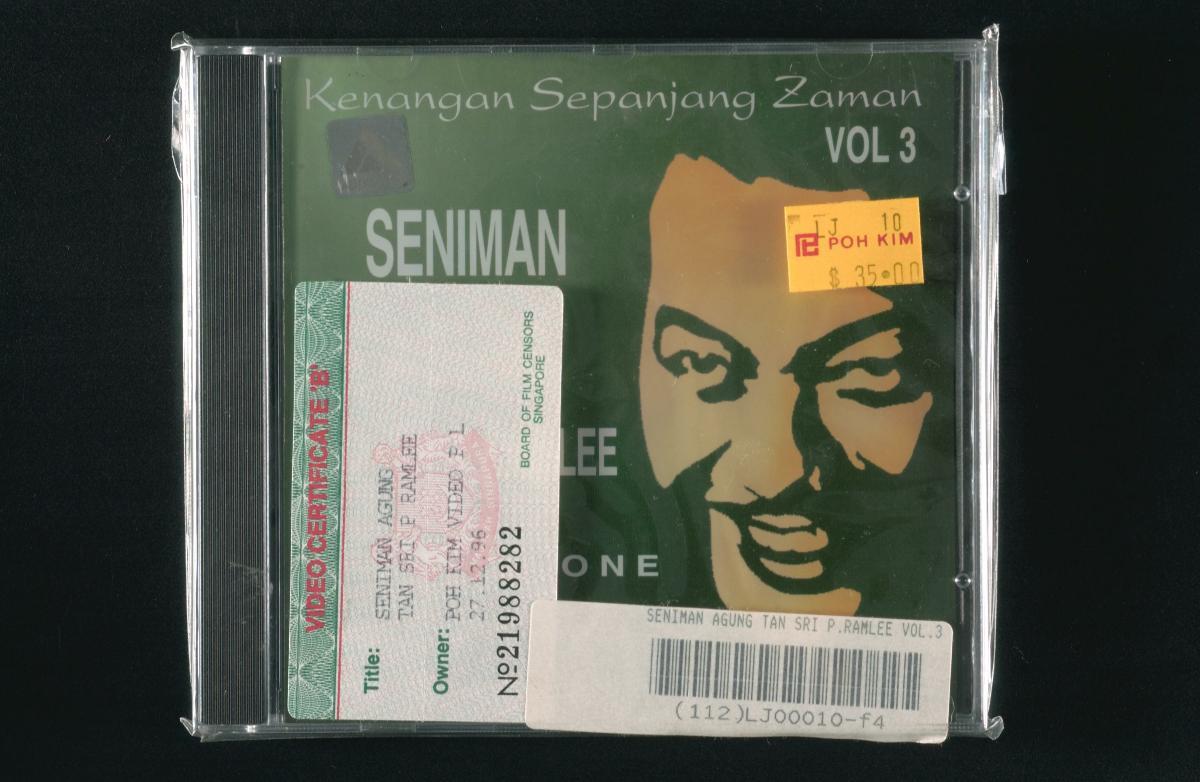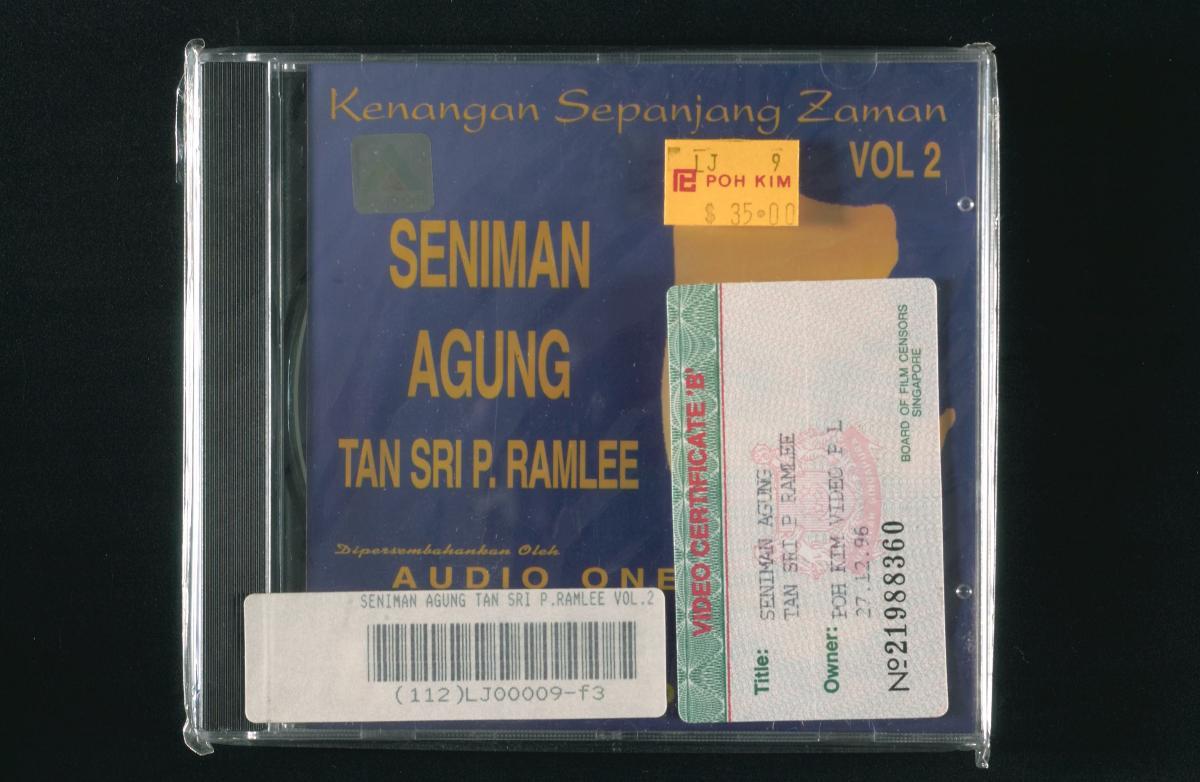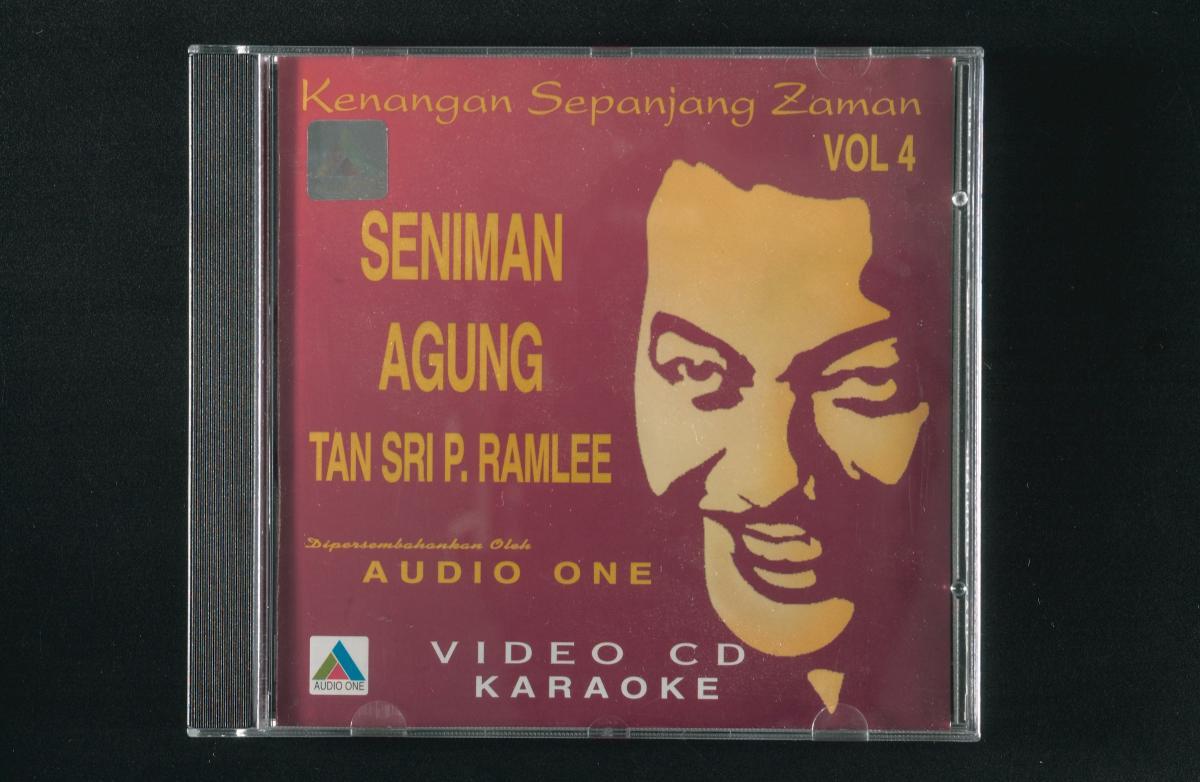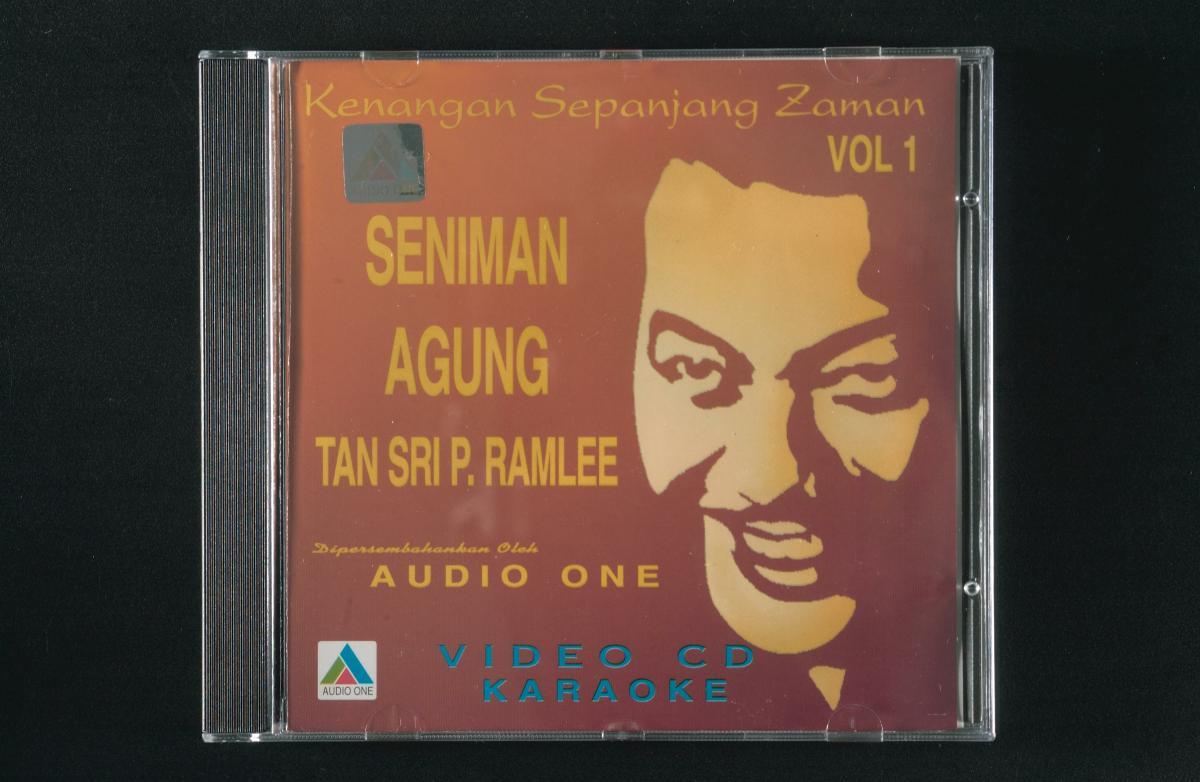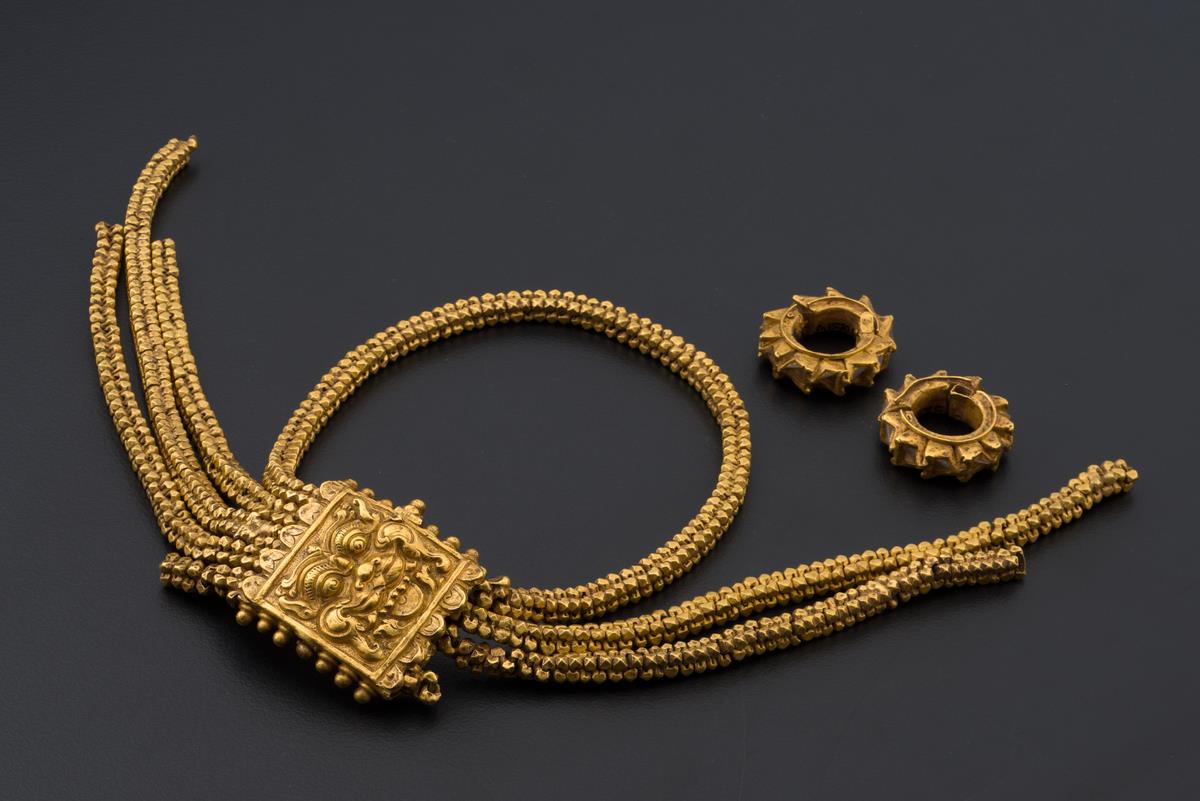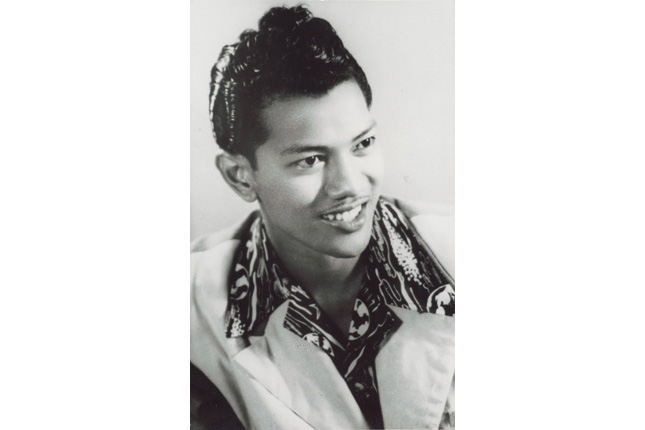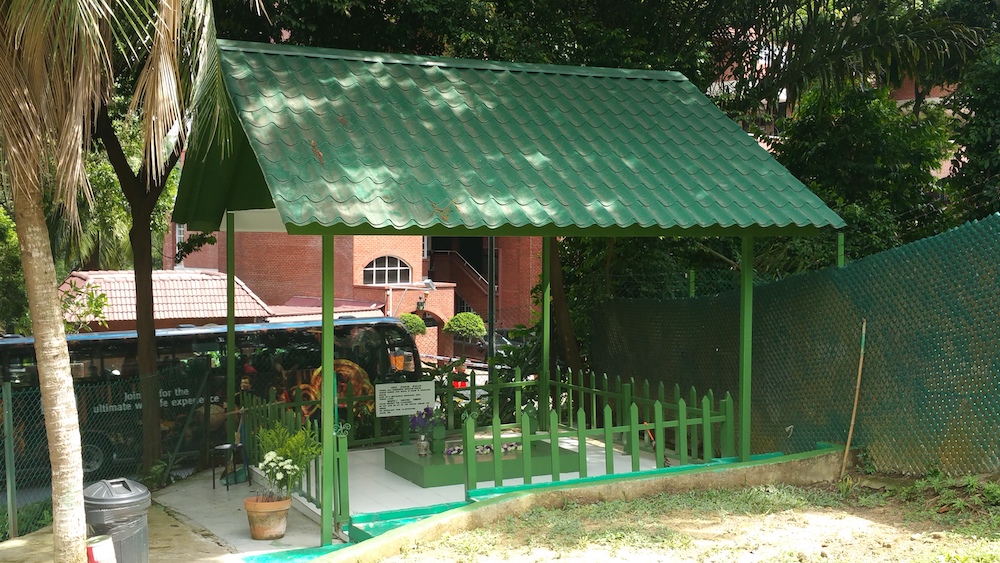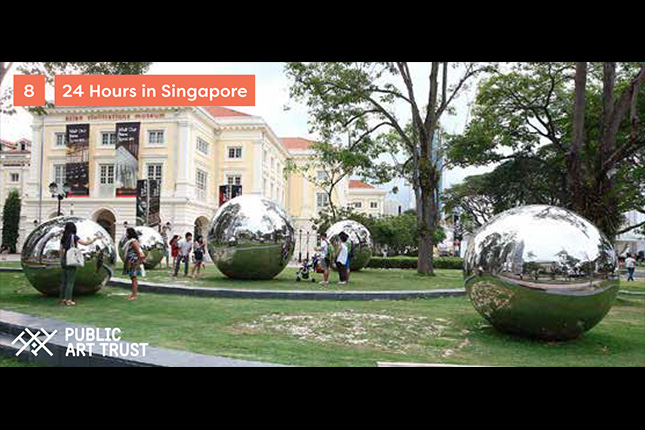Object size: 12.8 x 41.7 x 0.5 cm,
Object size: 46.5 x 51.8 x 46 cm,
Object size: 64.5 x 83 x 78 cm,
Object size: 21 x 53 x 33 cm,
Object size: 129 x 35 x 29 cm,
Object size: 22.7 x 18.5 x 22 cm
Krisna Murti (born 1957 in Kupang, Indonesia) graduated from the Institut Teknologi Bandung (ITB) in 1981 and is of both Javanese and Balinese heritage. He is an important pioneering figure in the development of Indonesian video art, and has been producing installations and interactives since 1990. Krisna is known for works that investigate hyper-reality, the digitalisation of society, and the collapse of the separation between fact and fiction. In his career , Krisna has held more than 30 solo exhibitions in Indonesia and abroad. He has been invited for residencies and conferences in Japan, Singapore, Cuba, Russia, Australia, Germany and the Netherlands. He has also participated in a number of international biennales such as Gwangju, Venice and Havana, and video festivals such as “Impakt” in Utrecht and “Transmediale” in Berlin. His work has also been collected by the Fukuoka Asian Art Museum. Since 2003, Krisna has been a guest lecturer in New Media Studies at the Postgraduate School of the Indonesian Arts Institute (ISI) in Yogyakarta. He published the book “Video Publik” in 1999 and an anthology of his essays on video has been recently published by IVAA, Indonesia in 2009 – “Essays on Video Art and New Media: Indonesia and Beyond”.“12 Hours in the Life Agung Rai, the Dancer” can be considered as Krisna Murti first extended meditation on the medium of video (the impetus to explain what video is for himself) and its nexus with cultural forms and identity, and is considered his first fully-fledged video work.This video installation shows the unedited video recording of 12 hours (non-stop, 8 am to 8pm) in the life of the Balinese ritual Cak dancer, Agung Rai, away from the stage. The work was an attempt to answer the dilemma of how to represent the persistence of traditional cultural forms through new, modern day technology (which has had a direct impact on such forms), and Murti did so by training his 8mm camcorder, tape recorder and photographic camera on Agung Rai’s everyday tics, gestures, habits and behaviour, observing keenly his daily routines. It was also to express these moments freely without being inhibited by stock journalistic methods – this is also real time rather than cinematic time. Therefore there was no concern to make scenic sets, special edits/effects or other manipulation techniques and he did not know in advance how the work will turn out. The rice husks (and non-sequential arrangement of the images) were metaphors for the experimental and the organic growth of material which also expressed the artist’s obsession for the rhythms and expressions of daily life.




